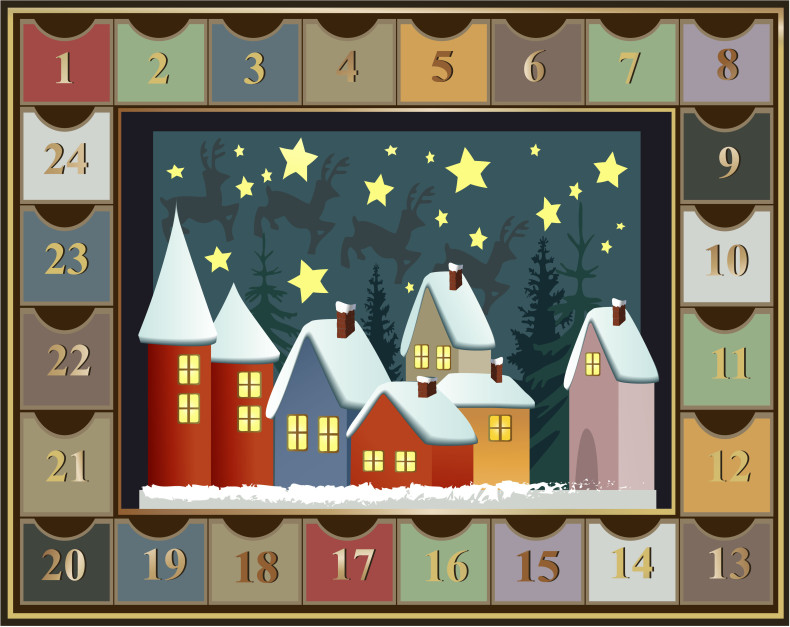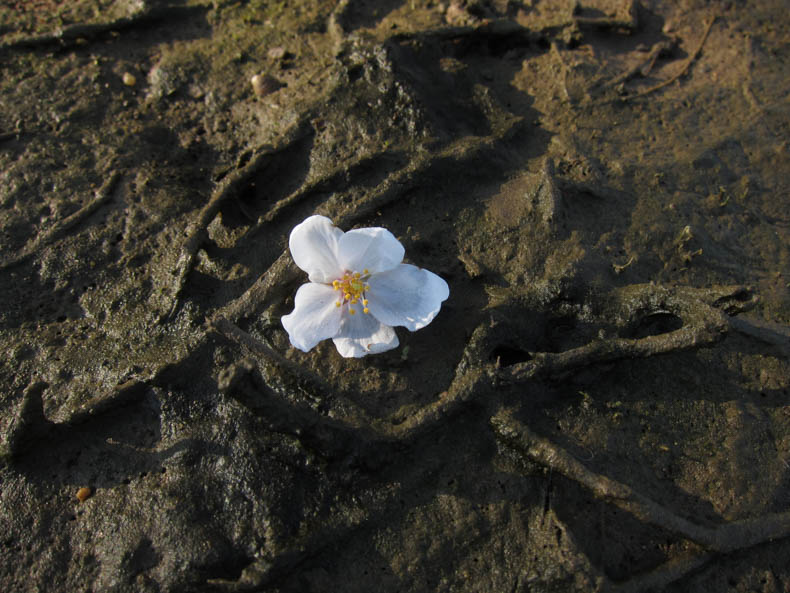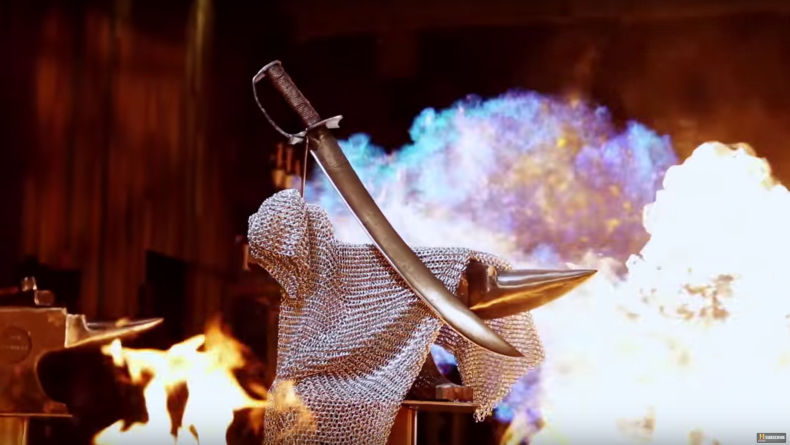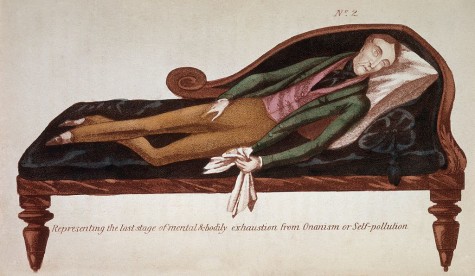This post first ran on March 22, 2013. We run it again here because it does seem like half the world is sniffling, hacking, sneezing, and looking for who to blame. We recommend this view over the medieval one.
 The storytelling begins the morning you wake up with a slight scratch in your throat. Oh, this is nothing, you tell yourself, as if denial was the best antidote to a virus. If I just sip some throat-soothing tea, I’ll be fine.
The storytelling begins the morning you wake up with a slight scratch in your throat. Oh, this is nothing, you tell yourself, as if denial was the best antidote to a virus. If I just sip some throat-soothing tea, I’ll be fine.
When the runny nose starts, you load up on oranges or Fisherman’s Friend and promise yourself an early bedtime. When evening rolls around, your head is on the verge of exploding with mucous. You can try to hit the sack early, but it’s no use. The mucous is flowing fast and furious now, and perhaps you’re coughing too. You’ll get no sleep tonight.
When morning arrives, you’re exhausted and cranky and this is when the next phase of storytelling begins. You need an explanation — what is it, and why me?
Without a bunch of lab tests, you won’t find any certainty. But that’s ok, because you’ll invent an explanation that at the very least feels true. Oh, it’s that flu that was going around at work. I must have caught this from that coughing bastard on the plane. Obviously, my husband’s little cold mutated into this nasty flu.






